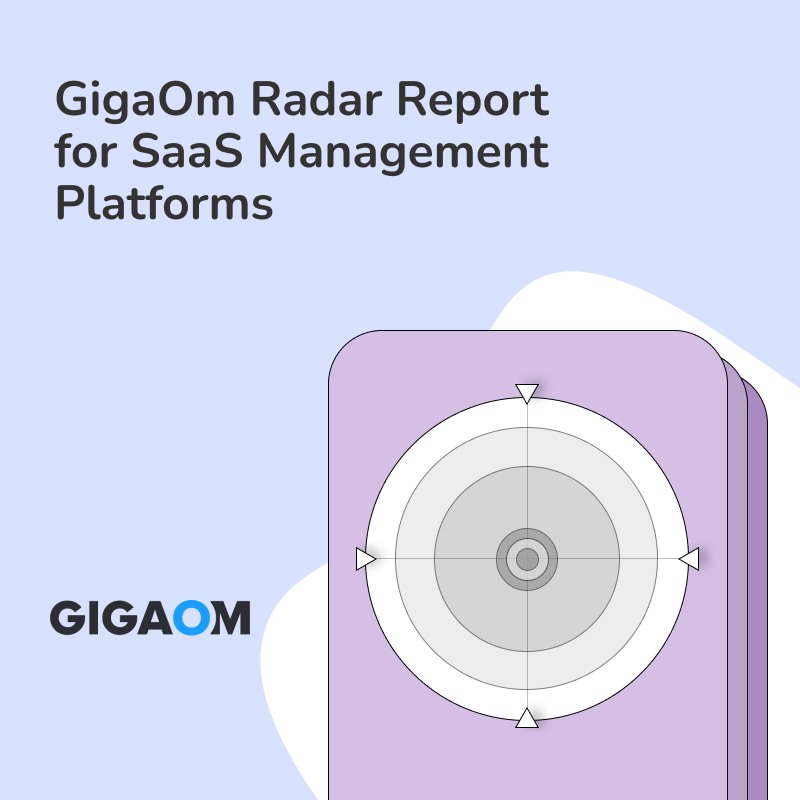Have you ever wondered how IT departments keep track of countless devices and software applications? It’s challenging to manage this chaotic landscape, right? We sympathize with the overwhelming complexity of IT operations. But don’t fret—this article is here to cut through the noise and provide clarity. In a fast-paced world, IT asset discovery can be your secret weapon, streamlining operations and boosting efficiency.
Significance of IT Asset Discovery
IT asset discovery significantly improves IT operations by providing comprehensive visibility into both software and hardware used within an organization. Why is this important? Without knowing what assets you have, managing them can become a logistical nightmare. Asset discovery helps IT teams identify and catalog these assets effectively, reducing the chance of lost or overlooked items.
Benefits of IT Asset Discovery
One of the primary benefits is improved efficiency. Automated asset discovery tools take the burden off IT teams, who no longer need to manually track every piece of hardware or software. Automated systems scan the network and update records in real-time. This real-time visibility makes it easier to address issues promptly and prevent minor problems from growing into major disruptions.
Resource optimization is another key advantage. Knowing what assets you have allows for better resource allocation. For instance, you can avoid unnecessary purchases by identifying underutilized assets. Why buy new licenses if you already have unused ones? This level of insight helps organizations make informed decisions about their IT investments, saving both time and money.
Security enhancement is a critical area where asset discovery shines. With complete visibility into all assets, it’s easier to identify vulnerabilities. Missing a single device or software version can open the door to cyber threats. Automated discovery tools alert IT teams to outdated software or unauthorized devices, enabling swift action to mitigate risks. This vigilance is crucial for maintaining robust security protocols.
Compliance is another major consideration. Many industries have strict regulations governing the management of IT assets. Automated asset discovery ensures that records are accurate and up-to-date, simplifying compliance audits. This not only keeps the organization within legal bounds but also builds trust with stakeholders.
IT governance also contributes to better IT governance. With all assets documented, organizations can implement more effective policies and procedures. This structured approach ensures that IT operations align with the overall business strategy, driving better outcomes.
Best Practices for Effective IT Asset Discovery
Implementing IT asset discovery can significantly uplift your IT operations, but realizing its full potential requires a systematic approach. Here are some best practices to ensure successful deployment and ongoing management:
- Adopt Automated Tools: Relying on manual processes for asset tracking is not only time-consuming but also prone to errors. Implement automated asset discovery tools that can scan and update asset records in real-time.
- Create a Centralized Asset Repository: Consolidate all asset data into a centralized repository. This makes it easier for IT teams to access and manage the information.
- Define Clear Asset Classification Policies: Properly categorize assets based on type, usage, and criticality.
- Integrate with Existing Systems: Ensure that your asset discovery tools can integrate seamlessly with your existing IT service management (ITSM) systems.
- Regular Audits and Continuous Monitoring: Implement regular audits to verify the accuracy of your asset inventory.
- Involve Stakeholders Across Departments: Asset discovery should not be confined to the IT department alone.
- Develop a Security Patch Management Plan: With complete visibility into your assets, especially software and firmware versions, develop a robust security patch management plan.
- Train Your IT Teams: Equip your IT teams with the necessary knowledge and skills to leverage asset discovery tools effectively.
- Maintain Compliance Documentation: Ensure that all asset-related compliance documentation is accurately maintained.
- Review and Optimize: Continuously review the performance of your asset discovery processes and tools.
By following these best practices, organizations can achieve comprehensive visibility, better control, and ultimately improved IT operations. Embracing automated asset discovery is a strategic move that contributes to operational efficiency, resource optimization, and enhanced security.






